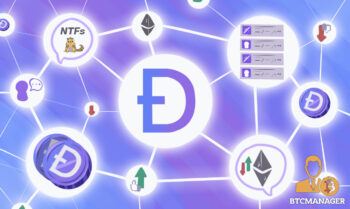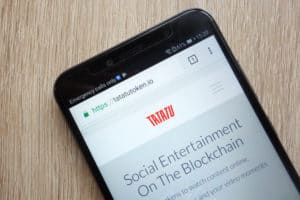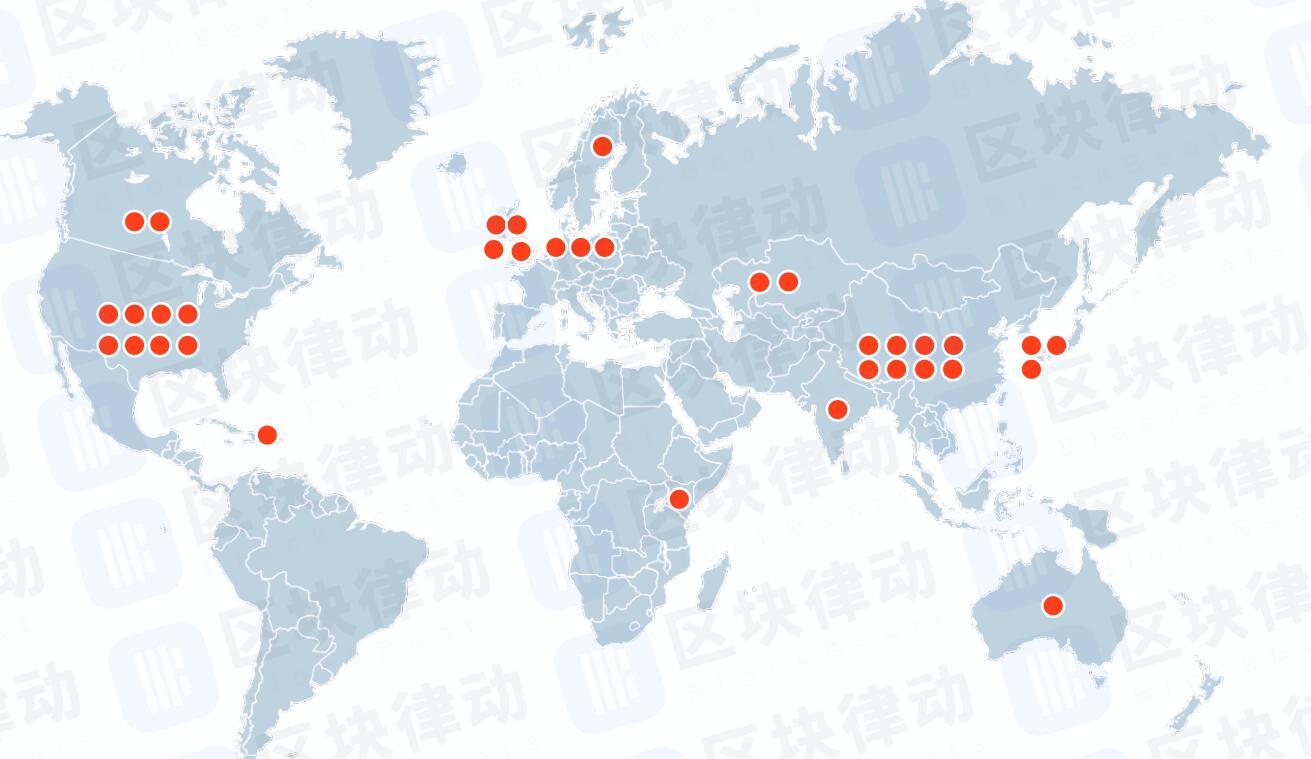
2018-9-20 01:55 |
ConsenSys Social Impact — a program designed to build blockchain-based solutions for global humanitarian issues — is partnering with MakerDAO and optiMize to launch a new Blockchain for Social Impact Incubator at the University of Michigan in Ann Arbor. It is the first university-sponsored program of its kind.
Students taking part in the course will receive mentorship and guidance from blockchain advisors, as well as potential funding, as they work to build blockchain-based ventures for improving social good. Finalists will be named at the end of the year and will be awarded funding to further their designs.
OptiMize came to fruition in 2012 as a way of offering workshops and funding to students looking to design self-directed, social impact projects. Individuals accepted into the program work for approximately five months to create outlines of their projects, build prototypes, develop plans and engage stakeholders. OptiMize boasts over 3,000 alumni and has birthed over 400 social projects including blueprints for Pangaea, which provides unused medical supplies to underfunded hospitals.
MakerDAO is a decentralized platform built to bring stability to the cryptocurrency arena. The company offers its own digital token called Dai, a stablecoin reportedly priced against the U.S. dollar. Students seeking to build payment solutions during their time in the program are being encouraged to utilize MakerDAO’s smart contract capabilities for higher security.
Robert Thomas Greenfield is the global technology lead for ConsenSys Social Impact. In an interview with Bitcoin Magazine, he said programs like these are important. Not only do they introduce newer generations to blockchain technology, but they also teach students to combine their technical knowledge and their business know-how to ensure they’re prepared for anything.
“Much like the internet, a decade from now will prove that knowing the basic elements of this technology, like how to use it, will be a professional expectation,” he said. “I think we’re leaving a time in which there is complete segregation between those with technical knowledge and those with business knowledge. Both communities will need to have a cross-curricular approach to their work, and this is particularly true within the governmental and social sectors. The disintermediation of opportunistic middlemen in many of today’s processes is the biggest change we’ll experience.”
Greenfield believes that the need for government accountability and transparency is at an all-time high. He suggests the program with optiMize can be used to expose political corruption and potentially rebuild cities like Michigan’s Detroit or Flint. Both cities have constantly been plagued with crime, poverty and environmental problems, which Greenfield blames on the lagging efforts of corrupt officials, and blockchain technology can potentially be utilized to build long-term solutions for these issues.
Offering examples of such solutions, Greenfield stated, “Resource allocation tracking applications could bring more transparency to government management. These resilient cities have a history of being held back by corrupt politicians and have continually survived off the grid with the collective power of their local communities.”
Citing the Flint water crisis, Greenfield further explained, “It is possible to develop blockchain applications that can automate the disbursement of aid across different aspects of the recovery initiative, safeguarding funds in escrow to prevent governmental misuse. Immutable attestations of water purity could also prove helpful, using water line filters and hashing such as IoT [Internet of Things] data on-chain so community leaders can reference tamper-proof evidence that circumstances have or have not improved in contrast to the statements provided by government officials or utility companies.”
Greenfield says that above all, blockchain technology creates an environment where security against corruption and human error is significantly increased, and he says it’s necessary for students to be directly involved in boosting blockchain technology’s power and presence.
“The idea of creating trustless environments that are more risk averse and more automated is essential to eliminating the unreliability of human-led exchanges,” he commented.
“People have desires and temptations that can incentivize them to work against the people they’re supposed to be supporting, and it is this flaw that especially leads to dysfunction in the government and social impact. Students need to understand when a trustless system opportunity exists, how to build that system, and most importantly, how to properly design that system so it meets the needs of whatever stakeholders find it most useful.”
This article originally appeared on Bitcoin Magazine.
Similar to Notcoin - Blum - Airdrops In 2024
onG.social (ONG) на Currencies.ru
|
|


















